

Kickstarter is a fickle beast. While it isn’t exactly rare to see games that are successfully crowdfunded, it’s still impossible to predict which ones will succeed and which will fail. It can be understandably annoying when a crappy Kickstarter succeeds, but it’s way worse when a great Kickstarter idea fails.
Which interesting games would be on the market today had their Kickstarter campaigns gone a different way? Here are a few of them.
By Orphic Software
Raised $13,810 out of $15,000 by 456 backers
Genre: Turn-Based RPG
Veteran gamers are always clamoring for reminders of the past, and RPG veterans are the most zealous of the lot. It seemed like any game that claims to draw inspiration from classics like Baldur’s Gate, Ultima, and old-school The Elder Scrolls would instantly win the support of a million RPG fans, so it’s a bit curious why Antharion failed.
This project promised a wide range of features like an open world, party-based characters, turn-based combat, meaningful decisions, and smart AI – the kind of stuff that would’ve fit right into an old-school PC RPG. Perhaps the Kickstarter campaign wouldn’t have failed if they’d gone with a different art style?
Having reached 92% of its goal, it would be more appropriate to say that Antharion “failed to seal the deal” rather than “failed outright.” They were close, but they still walked away with nothing, so they certainly didn’t succeed. Such a shame, too, because the game could’ve been quite interesting.
By Stardock Entertainment
Raised $13,348 out of $16,500 by 431 backers
Genre: Card Game
Dead Man’s Draw started off as an iOS game (it’s free and you can play it right now if you’d like) and Stardock Entertainment had no intention of creating a physical game. Indeed, they aren’t in the business of tabletop games, but the prototyping process for Dead Man’s Draw did involve physical cards.
Lo and behold, it turned out that this card game was just as fun in real life as it was on mobile devices. So, Stardock Entertainment began the Kickstarter as a way to produce physical copies of the game for any fans who wanted to play it that way. Unfortunately, they only made it 81% of the way to their goal and dropped the idea.
By Super Rock Games
Raised £7,723 out of £25,000 by 338 backers
Genre: 8-bit Sports Game
It’s not every day that you see an indie sports game, and Pixel Soccer is all of that and so much more. Or at least it would’ve been if it was able to achieve the funding it needed to make dreams into reality. Take a FIFA game and throw it back with stylized 8-bit graphics (that seems to be the indie trend) and you’ve got Pixel Soccer.
The great thing about this game is that it was already playable as local human-vs.-human or human-vs.-AI by the time its Kickstarter rolled around and all of the basic soccer mechanics were implemented. With the intended additions of a weather system, match system, various game modes, and custom player editor, there was a lot of promise.
It’s too bad that it was never finished. Pixel Soccer could have been a refreshing break from the usual indie fare of infinite runners, Flappy Bird clones, and mobile puzzle games.
By bitSmith Games
Raised £13,346 out of £30,000 by 545 backers
Genre: Procedural Top-Down Action
In the game, you play as a character whose head is connected to his body by a chain and you defeat enemies by swinging your head around while navigating a procedurally-generated world. It was right at home with other roguelikes that have seen success, e.g., The Binding of Isaac, FTL, and Spelunky.
But even though FranknJohn had all of the necessary elements for a breakout hit – stylish graphics, humorous theme, and tons of dynamic gameplay – it didn’t even make it to the 50% mark. And that was after garnering critical support from big name gaming websites like Giantbomb, Eurogamer, and Destructoid. Ouch.
By Triptych Games
Raised $3,959 out of $50,000 by 137 backers
Genre: Cooperative Beat-Em-Up
In Fuzzy Slaughter, up to four players could play as a cast of cute and fuzzy animals who are being held captive by PITA, a sandwich company that has unlocked the secret to delicious food: the cuter the animal, the tastier the meat. In true beat-em-up fashion, you must break out the PITA facility and win your freedom.
The developers behind Fuzzy Slaughter had quite the track record: Team Triptych worked on expansions for Borderlands 2 while game designer Allen Blum co-created Duke Nukem. Despite their combined development history, they only managed to raise 8% of their goal. How’s that for unexpected?
By Erin Reynolds
Raised $129,615 out of $250,000 by 2,466 backers
Genre: Biofeedback Horror Adventure
If there was one game deserving of a successful Kickstarter, it would be Nevermind. True horror games are hard to find these days, but Nevermind takes the genre and pushes it forward by several factors – or at least it might’ve if it had secured enough funding.
What’s so good about it? Well, it uses a heartrate monitor to gauge your level of fright during play, then makes the game scarier when it detects that you’re frightened. The goal is to learn how to manage your fears and stay calm in the face of overwhelming stress. Innovative, wouldn’t you say?
The silver lining in all of this is that the Nevermind team recently partnered with Intel, so it’s possible that this game may actually be released sometime in the future!
Have you ever backed a Kickstarter game that failed? Which ones? Would you have backed these games if you knew about them? Is Kickstarter a valid way to fund game production? Share your thoughts with us in the comments!

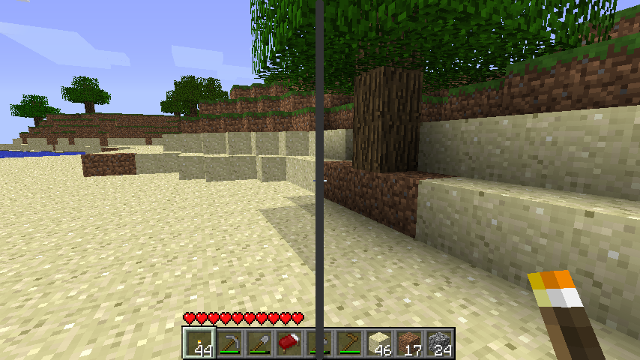
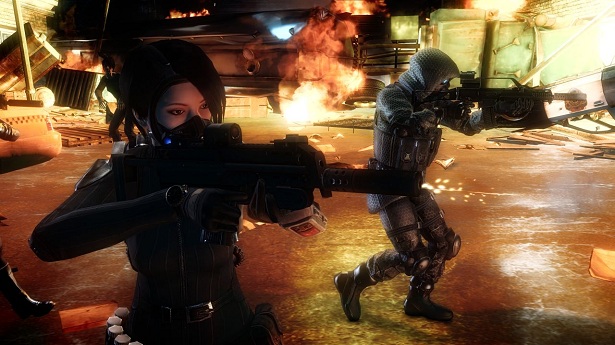

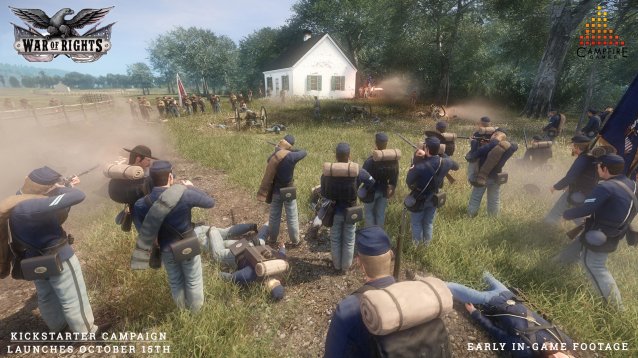 Top 10 Hottest Games of Holiday 2015
Top 10 Hottest Games of Holiday 2015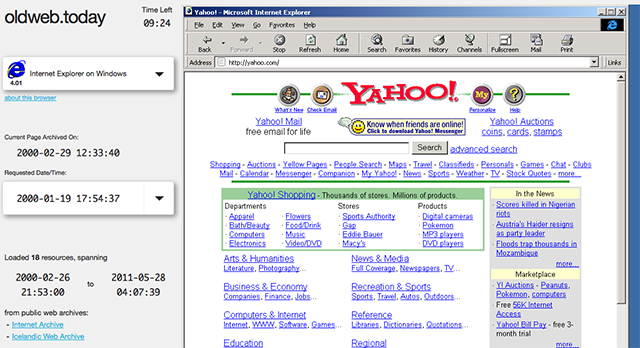 5 Sites to Relive Your Old Computer Right in Your Browser
5 Sites to Relive Your Old Computer Right in Your Browser MGS V: The Phantom Pain Legendary Gunsmiths Tips: Here's Why You Must Get Them As Early As Possible
MGS V: The Phantom Pain Legendary Gunsmiths Tips: Here's Why You Must Get Them As Early As Possible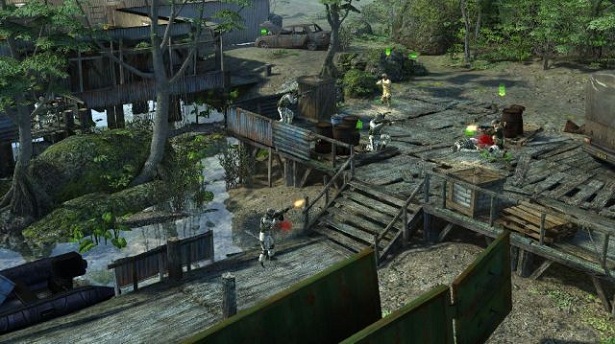 Jagged Alliance: Back In Action Walkthrough
Jagged Alliance: Back In Action Walkthrough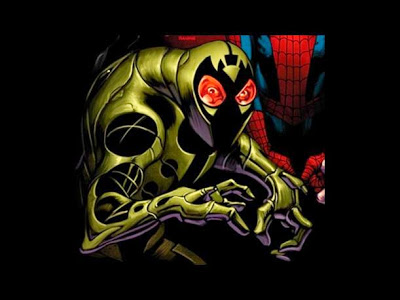 Spiderman: Spider-Man Clones (Pictures)
Spiderman: Spider-Man Clones (Pictures)